Geography of Canada
Canada is the second-largest country in the world. Yet, more than 80% of its land is unoccupied, and most of its residents are concentrated in a small number of sizable cities near the U.S. border. This fact results from Canada’s distinctive terrain, which is, on the whole, not very hospitable to humans.
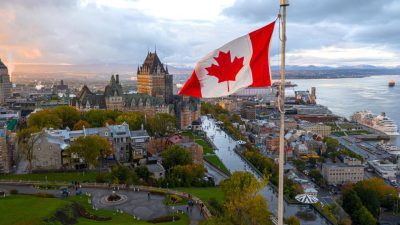
Canadian Landmass
West to east and North to the south are the two orientations in which the geography of Canada is told. Few people make an effort since it is colder, rockier, snowier, and overall less appropriate for life the further North you go. From southeast to southwest, the more habitable part of the nation is incredibly diverse geographically, with anything from lush green valleys to barren, sandy deserts.
West Coast
The West Coast of Canada is the country’s westernmost region, bordering the Pacific Ocean. Geographers refer to this area, which includes British Columbia, as the Cordillera region. The Coastal Range mountains, which run down from Alaska and are positioned exceptionally near the ocean’s edge, mark Canada’s border with the Pacific.
The Canadian Rocky Mountains are to the east, away from the Pacific, defining the border between Alberta and British Columbia. Massive evergreen forests, a wide variety of fauna, and other natural features found in both ranges have traditionally contributed to the stereotype of Canadian nature held by people across the world.
Rich, lush valleys and the Okanagan, a tiny, warm, dry area in southern British Columbia, may be found between the two Pacific Mountain ranges. Because the mountains protect it, this arid region offers a climate conducive to the growth of fruit and vegetables, making it the natural home of some of Canada’s biggest orchards and vineyards.
Canadian Prairies
Canada’s terrain abruptly flattens out beyond the rugged mountains. The provinces of Alberta, Saskatchewan, and Manitoba are part of this enormous region known as the Prairies, which also comprises some of the driest and least-forested regions of the nation. The area is the foundation for Canadian agriculture due to its wide-open fields and flat, fertile ground. However, some arid, desert-like regions in southern Alberta are famed for their rocky terrain, and enormous, gravity-defying stone formations called hoodoos.
Although sometimes disregarded, the northern Prairies’ topography is significantly hillier and wooded than the southern prairies’ more well-known plains. Similar to how these three gigantic lakes—Lake Manitoba, Lake Winnipegosis, and Lake Winnipeg—dominate the province’s central region, which is bordered by lush flora and rivers, bogs, and swamps.

1. Central Canada:
A vast geographical land formation known as the Canadian Shield, which gives most of the country its characteristic shape, is part of central Canada, home to the two major provinces of the nation, Ontario and Quebec. The Laurentian region, also known as Central Canada, is a primarily green region of rolling hills, grassy fields, and deciduous forests with a barren and rocky north. It is bordered to the North by the enormous Hudson Bay and to the south by four of the five Great Lakes: Lake Superior, Lake Huron, Lake Erie, and Lake Ontario.
The provinces of Ontario and Quebec are covered in tens of thousands of little lakes and rivers, many of which are encircled by wetlands that are home to famous Canadian wildlife like the beaver and moose. The Great Lakes-St. Lawrence Lowlands area, a length of lower altitude and productive agriculture situated along the shores of Lake Ontario and the enormous St. Lawrence River, each of which runs towards the Atlantic Ocean, is home to most of the region’s human inhabitants.

2. Atlantic Canada:
The area to the east of Quebec, which includes the four Atlantic provinces of Newfoundland, New Brunswick, Prince Edward Island, and Nova Scotia, as well as the Appalachian region, is comprised of these outlying islands and peninsulas.
The terrain of Atlantic Canada, often known as the Maritimes, is a combination of rocky beaches and wooded interiors. Its closeness has sculpted it to the ocean with cliffs, strong tides, and extensive coastal fjords. Even while the Appalachian Mountain Range reaches some northern New Brunswick and Newfoundland areas, the interior is mainly low-lying and heavily wooded.
The tiny Atlantic provinces are notorious for having high population densities compared to other regions of Canada; only Newfoundland has significant areas of completely uninhabited terrain. The most desolate of all is Labrador, which, despite being a part of the province of Newfoundland legally, is a separate physical area. It is situated on the rugged northeastern point of Quebec and is home to the Torngat Mountains, which are Canada’s highest range east of the Rockies.
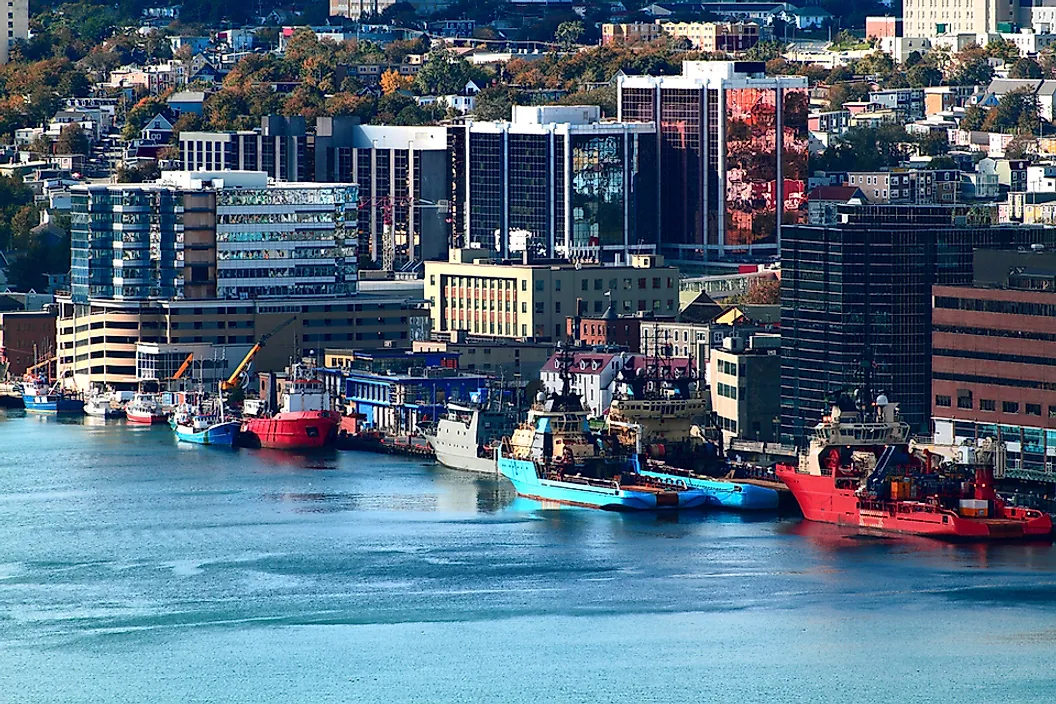
3. Northern Canada:
Canada’s “north” is an area with a hazy definition. Except for the Maritimes, all the provinces have dry, generally arid, and unpopulated northern regions vulnerable to long, chilly winters, significant snowfall, and permanently frozen soil.
But in a more precise sense, the capital North often refers to the vast, northwest portion of Canada, which includes the three northernmost regions of that country: Yukon, Nunavut, and the less imaginatively called Northwest Territories. While Nunavut and the NWT both have minimal vegetation and primarily stony, barren terrain, Yukon, located in the extreme west, has a more wooded, Cordillera-style environment.
A vast archipelago of islands covered with icy tundra, enormous, frozen glaciers, and towering mountains make up Canada’s far North, where hardly any people dare to travel. Even though few people will ever visit in person, this unusual and exotic location contributes significantly to the perception of Canada. It is home to polar bears, seals, and narwhals but has little plant life and hardly any people.
Canada’s Weather
Canadians have a contentious relationship with the weather that stems from dissatisfaction and defensiveness. Canada is undoubtedly one of the coldest nations in the world; throughout the winter, several cities experience lows of -20°(C), with accompanying heavy snowfalls, icy winds, and slick, frozen roads. The majority of populated areas of Canada experience excellent springs, moderate autumns, and hot summers in addition to the country’s four distinct seasons. Canadians find it annoying when outsiders generalize that Canada experiences extreme cold all year round.
Residents of Canada who reside close to the Atlantic or Pacific coasts often see little snow but lengthy periods of heavy rainfall during the fall and winter and a generally humid, gloomy atmosphere. Rain is much less common on the arid Prairies, but on occasion, solid thunderstorms and tornadoes—sometimes referred to as Alberta Clippers—can be triggered by the dry air.
The notoriously harsh and snowy winters of Central Canada typically give way to rainy springtime and sweltering, muggy summers. The most extreme weather polarisation occurs in northern Canada, where summer days may last up to 24 hours straight while fall days are nearly always dark. But even in the North, there are times when it’s warm and green, at least where people dwell.
Canada may experience extreme weather, as seen by the five days of heavy snow, wind, and freezing rain that hit areas of Quebec and Ontario in January 1998 when temperatures dropped below -10. (C). For weeks, life was disrupted in numerous large cities, including Quebec City and Ottawa, while critical infrastructure sustained damages worth more than $5 billion.
Natural Resources of Canada
Unsurprisingly, Canada is one of the world’s wealthiest countries. Few essential minerals, chemicals, or elements can be found anywhere else in Canada, offering the nation a tremendous supply of valuable natural resources to trade.
Most notably, the Prairie province of Alberta is home to some of the American continent’s most extraordinary oil and natural gas resources. As a result, Canada has become one of the world’s main energy-producing superpowers in the twenty-first century. In addition, the province has the world’s most significant known oil sand deposits, which, combined with Canada’s conventional petroleum reserves, places Canada in a solid tie with Saudi Arabia for the world’s most oil-rich country.
There are plenty of mineral mines in every province and territory. However, the types of minerals extracted vary from region to area. In addition to uranium and potash, which are mostly mined in Saskatchewan, Canada is one of the world’s top producers of zinc, which is present in almost all regions of the nation. While iron and coal have historically been essential to the Atlantic area, significant amounts of nickel and copper may be found in Northern Ontario and Manitoba.
In the past, gold could be found anywhere, but diamonds are currently a massive business in Canada’s North. Surprisingly, Canada has continued to be one of the world’s top manufacturers of asbestos. This hazardous insulator is mainly mined in Quebec and exported to developing nations with inadequate public safety regulations.
Provinces and Territories
Canada is split into thirteen sub-national groups or subdivisions. The remaining three are territories, while the remaining ten are provinces. The only meaningful political distinction between a “province” and a “territory” today is merely one of the name. Historically, territories lacked self-government and were directly managed by the federal government in Ottawa.
The provinces and territories of Canada are some of the most major geographical divisions in the world, more significant than many separate nations. But because so much of northern Canada is extremely sparsely populated, they also have among the lowest population densities on the planet. Approximately 90% of Canadians reside within 160 kilometers of the United States border, which is largely located along the 49th longitudinal parallel.
The ten provinces of Canada are as follows:

Alberta

British Columbia
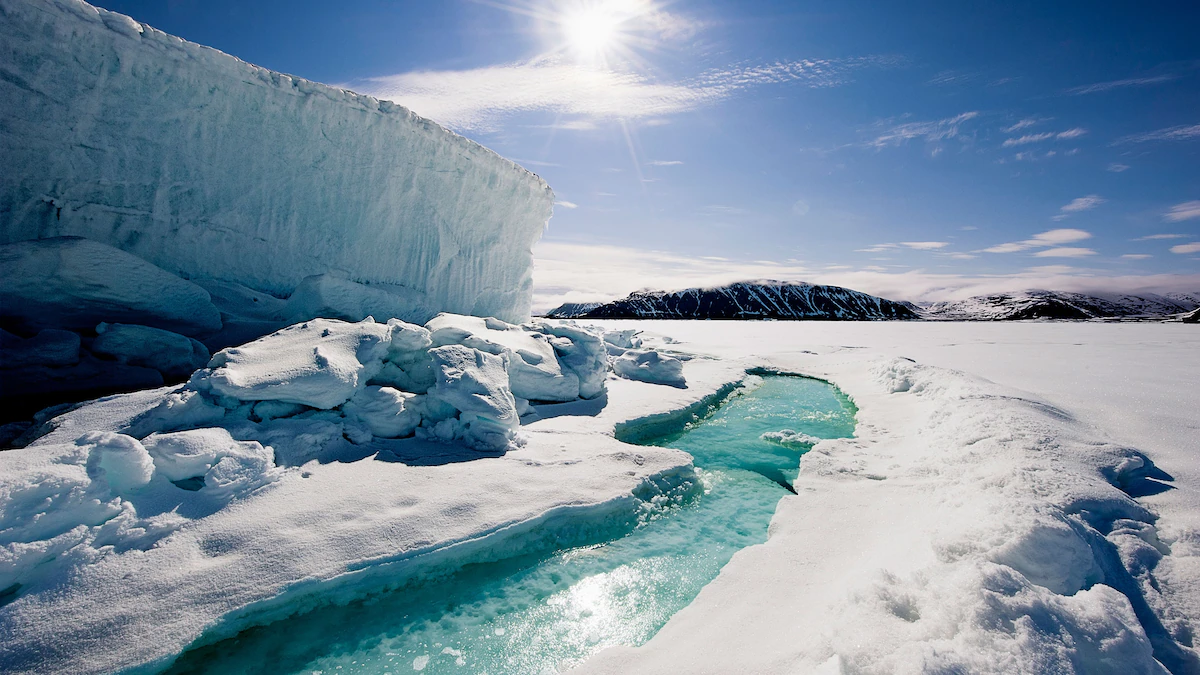
Manitoba

New Brunswick
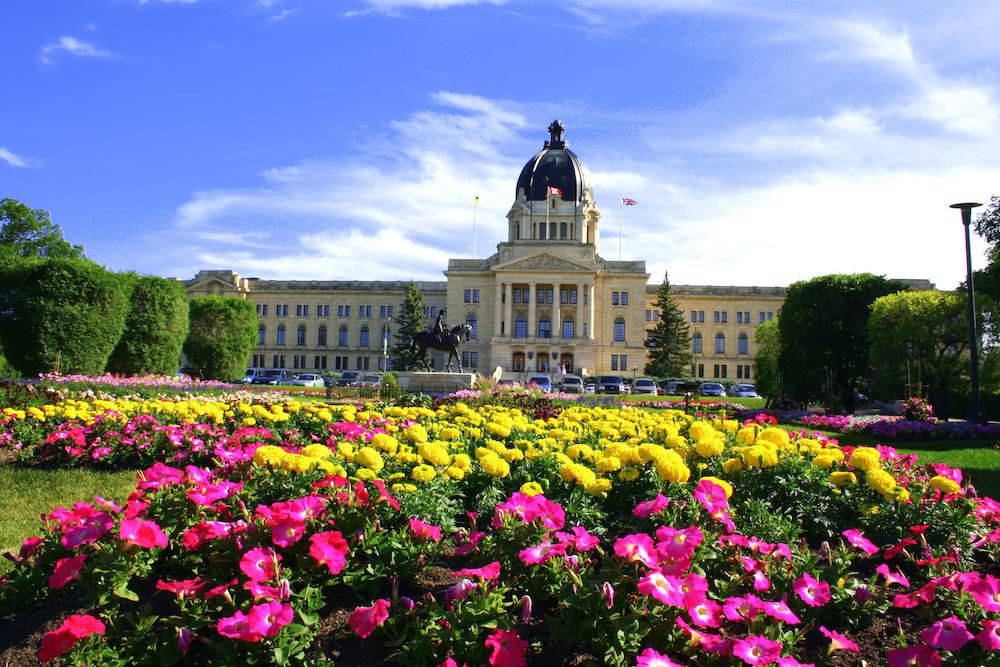
Newfoundland and Labrador
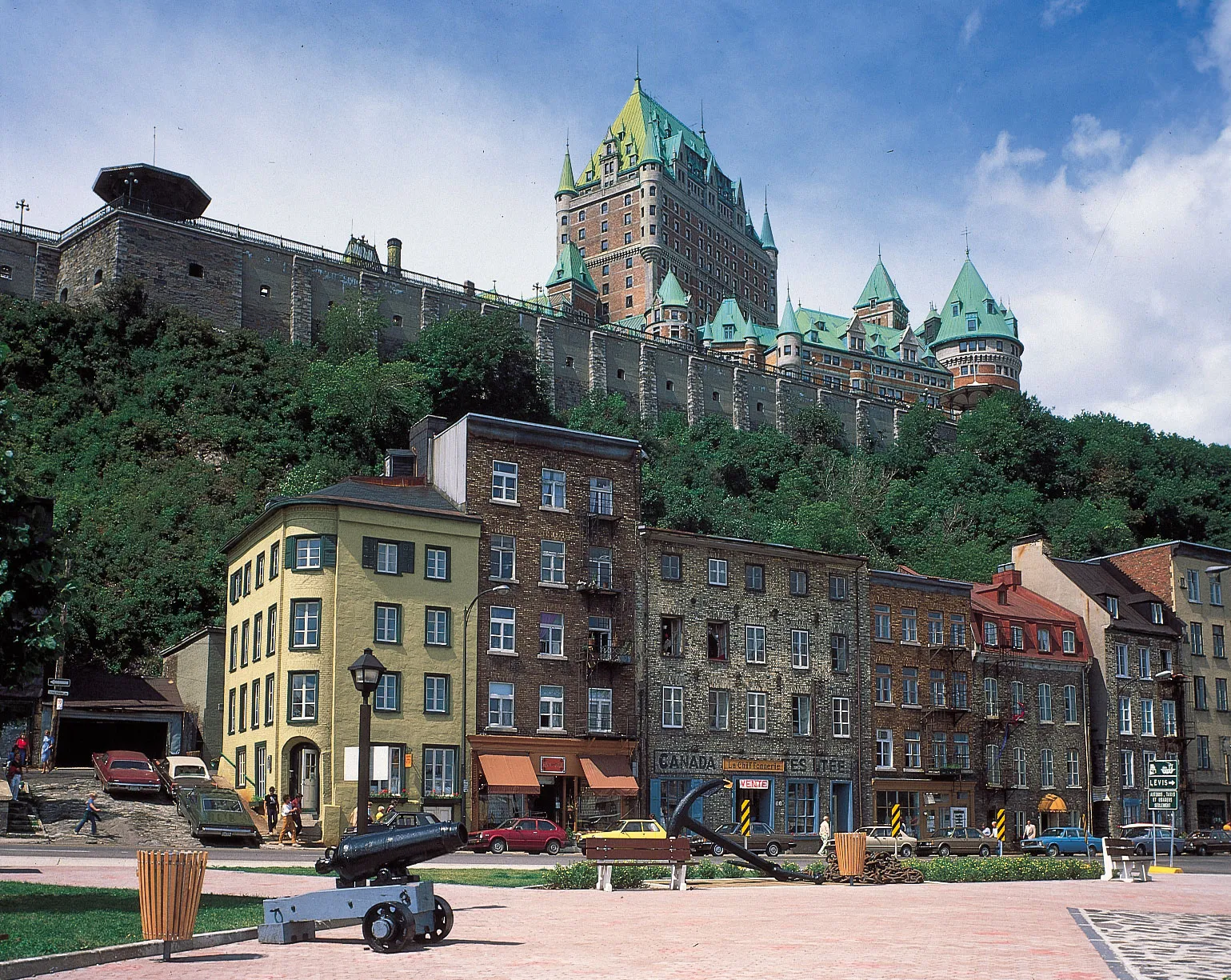
Nova Scotia
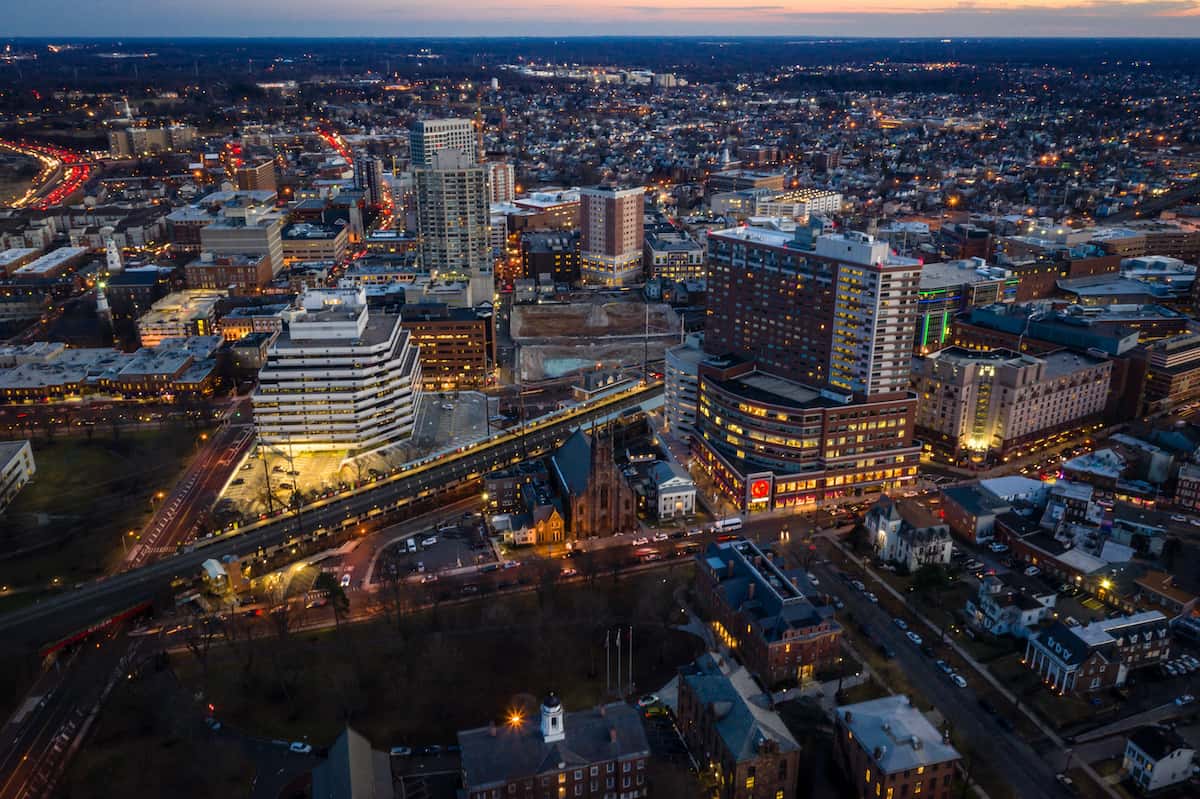
Ontario
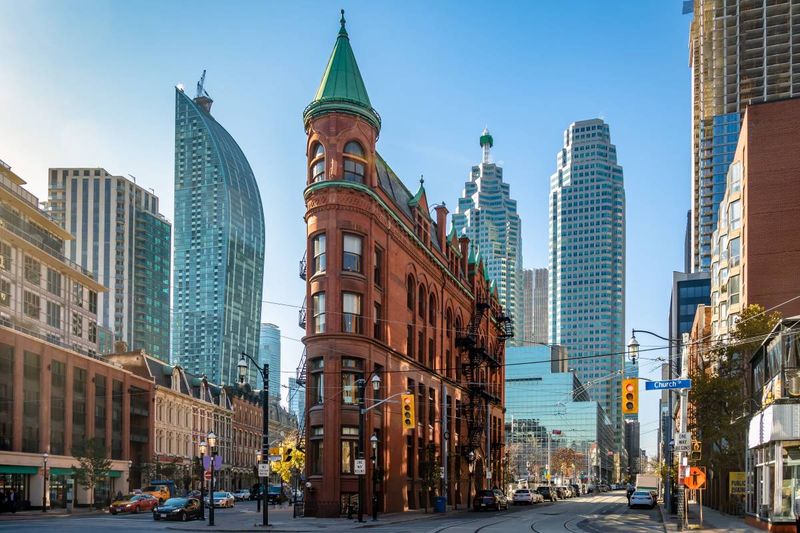
Prince Edward Island

Quebec
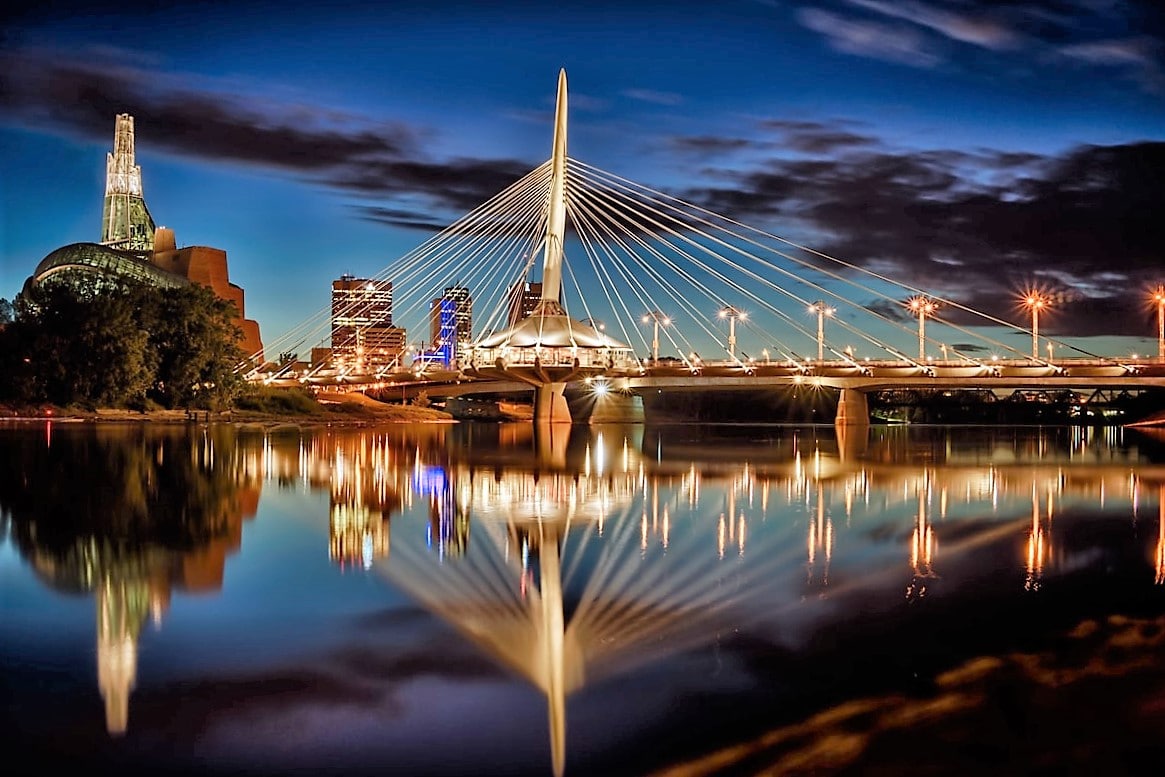
Saskatchewan
And the three territories are:

Yukon

Northwest Territories

Nunavut
Few facts about Canada
1.Three of the ten most famous islands in the world are located in Canada. They are the Baffin Islands (which are more than twice the area of the United Kingdom), Victoria Island, and Ellesmere Island (both are roughly the size of England).
2.Toronto, home to more than 6 million people, is Canada’s largest metropolis. With a population of over 4 million, Montreal is the second-largest city in Canada and the second-largest municipality in the world, with a French-speaking majority, behind Paris, France.
3.In Canada, there are around 2,800 ice rinks for hockey. Soccer is played by about twice as many children under the age of 14 as hockey. In Canada, ice hockey is still the second most popular sport among adults over 15 years old.
4.In terms of uranium mining, Canada is the leader in the world. Nuclear power plants use uranium to generate electricity. The biggest uranium mine in the world is situated in northern Saskatchewan, Canada, at Cigar Lake. The United States’ top energy provider in Canada, which also provides oil and gas.
5.After Saudi Arabia and Venezuela, Canada holds the world’s third-largest oil reserves. The country in North America is also the sixth greatest producer of oil. Canada, behind China, Brazil, and the United States, is the world’s fourth-largest hydroelectric power generator.
6.Forest covers almost half of Canada’s geographical area. Canada is home to 180 different types of trees. One of the nation’s principal exports is timber. The third-most wooded country in the world is Canada.
7.The Canadian Shield creates a U-shaped region that stretches from Greenland in the east to Lake Superior in the west, and from the western section of Canada to the Arctic islands in the north. Some of the planet’s oldest rocks may be discovered there. Geologists in 2001 found a rock that is 4.28 billion years old, which is one of them. It was discovered on the eastern side of Hudson Bay in northern Quebec, in an exposed bedrock location.



